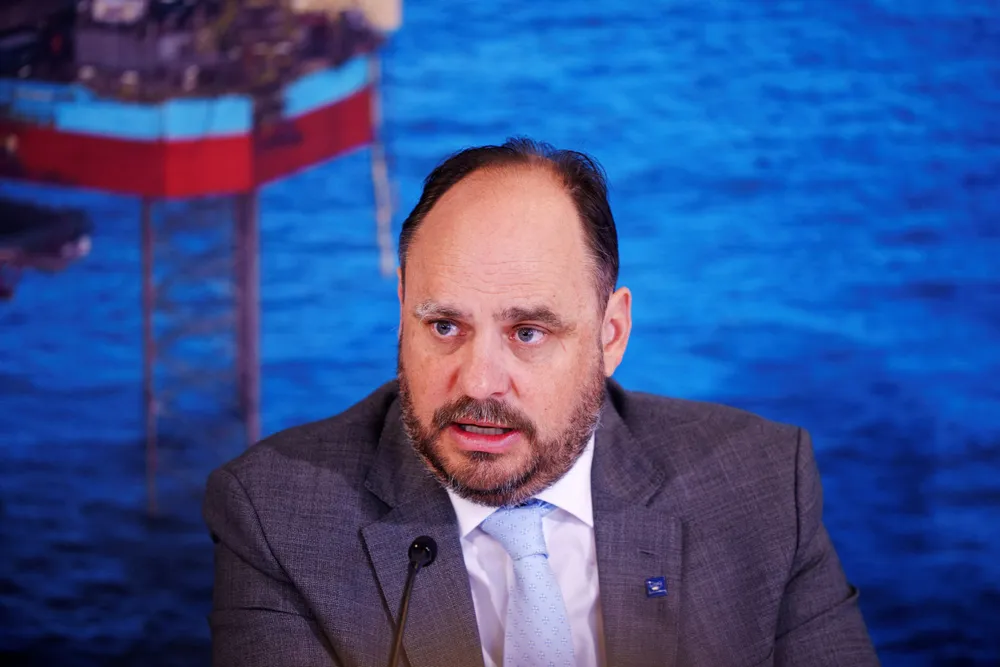Wintershall Dea banks on ‘world-scale’ carbon capture amid Russian exit
Chief technology officer Hugo Dijkgraaf says the returns on CCS and other investments will come ‘quite soon’ as Europe’s price on emissions strengthens

Chief technology officer Hugo Dijkgraaf says the returns on CCS and other investments will come ‘quite soon’ as Europe’s price on emissions strengthens
